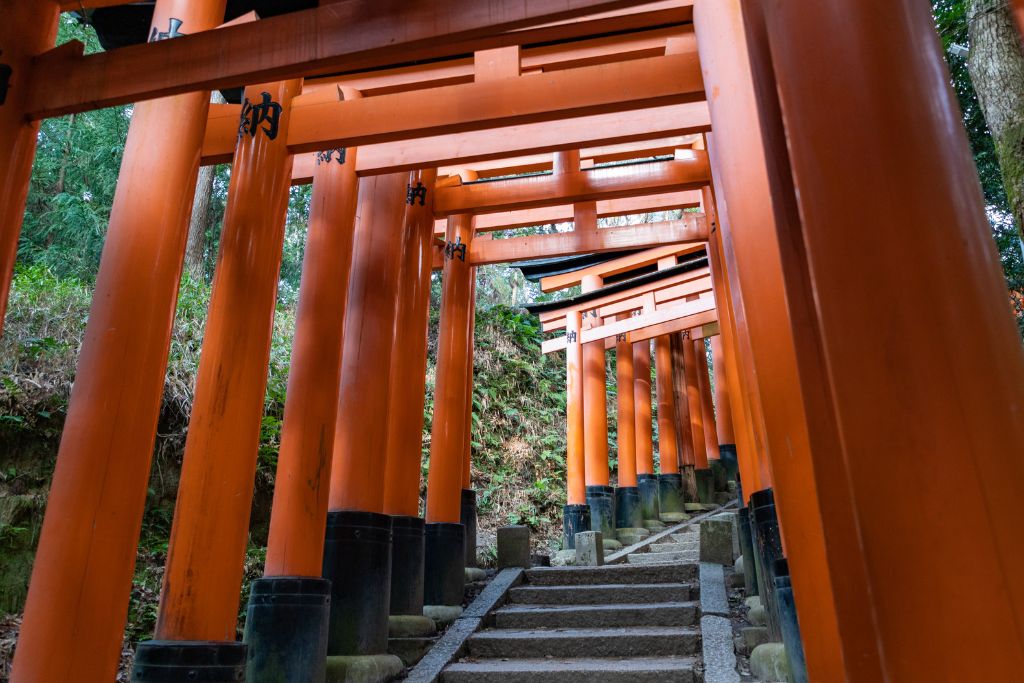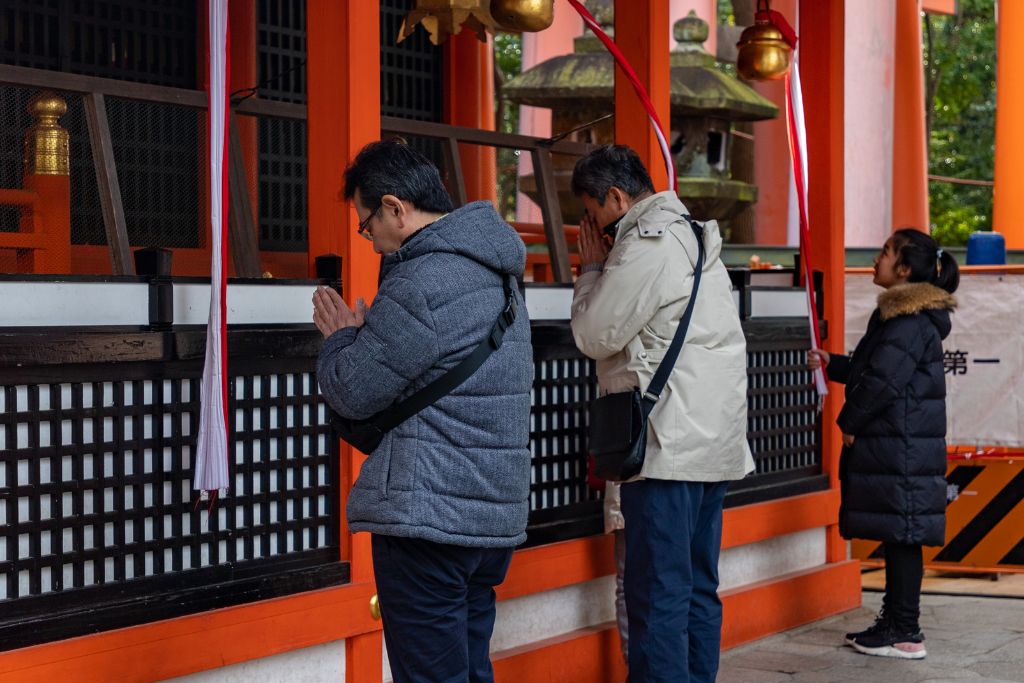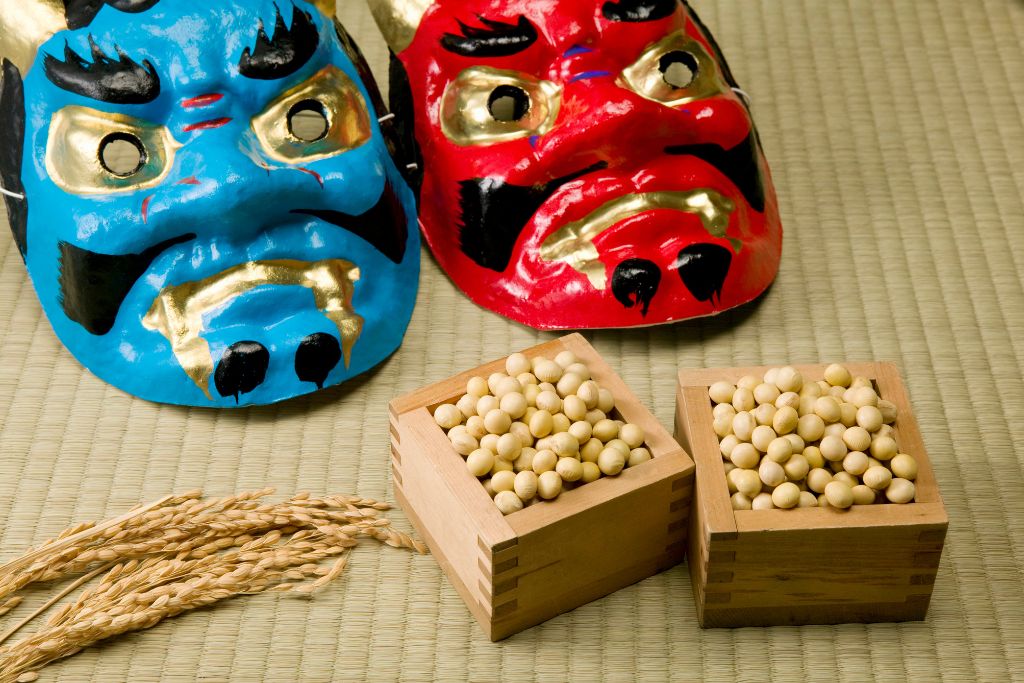Are you looking for a hidden gem in Kyoto? Fushimi Inari Shrine is the perfect place. Located in the south of Kyoto, this shrine is well-known for its thousands of vermilion torii gates that wind through a beautiful natural setting. The shrine dates back centuries and has ceremonies and festivals throughout the year. In this article, we’ll take a deeper look at this popular shrine’s history, its spiritual rituals, and the festivals it celebrates. So let’s explore this secret shrine in the heart of Kyoto.
History of Fushimi Inari Shrine
Fushimi Inari Shrine is an important Shinto shrine located in Fushimi-ku, Kyoto, Japan. Founded in 711, it is dedicated to the god Inari, the patron of rice, sericulture, and sake brewing. Its iconic buildings, known as torii, feature the distinctive red color of traditional Japanese architecture and are the trademark of Fushimi Inari Shrine.
Legend has it that the Shrine was founded by the Hata family in the 8th century when a family servant discovered a sacred Shinto talisman at the summit of a nearby mountain. He took it as a sign from the gods and built the Shrine near the mountain as a way of honoring the deity and protecting the area.

The Shrine was then given to the Imperial Court in 800 and was further declared a national shrine in 810 by Emperor Kammu. Over the following centuries, the Shrine grew in influence and importance, becoming a major pilgrimage site for Japanese people.
The main shrine, known as the Honden, was also extensively renovated in 1499 when the famous Higashiyama Kaido was established, linking Kyoto to other important destinations. The exchange of ideas and cultures that took place through this highway has helped shape the modern form of the Shrine.
Main Shrine
The main shrine of Fushimi Inari is located at the base of Mt. Inari and is the most popular and iconic part of the shrine complex. It is adorned with thousands of vermillion torii (traditional Japanese gates), carved with the names of donors. It is said that if you walk through the main shrine and its two inner shrines, Inari Okusha and Ukimido, you will be blessed with success in your business affairs. It is also believed that it will bring good fortune and ward off evil spirits. As you wander the winding paths of the shrine, take in the picturesque scenery of Kyoto and be serenaded by the many fox statues that adorn the complex.

Iconic Torii Gates
Fushimi Inari Shrine in Kyoto, Japan is home to a unique and remarkable feature—thousands of vermillion torii gates, which bear the image of Inari, the god of rice. These iconic gates line the paths of the shrine and stretch up the mountain, creating a picturesque scene. The torii gates have become a symbol of the shrine, and make for a beautiful sight for visitors.
The number of torii gates at the shrine is said to be over 10,000, and date back to 711 A.D. when they were originally constructed. Each torii gate is engraved with the words ‘Fushimi Inari Shrine’ as a sign of respect. The gates stand in two rows along pathways leading to the inner part of the shrine, and the density of the gates increases as the path ascends the mountain. On either side of the paths, there are many smaller secondary paths and shrines, as well as a few restaurants and souvenir shops.

The torii gates, as well as much of the shrine grounds, are said to be blessed with good fortune, longevity, and health. People often make their way up the mountain to worship and make offerings at these sacred grounds. The long rows of the torii gates are said to create a ‘tunnel’ of protection around the shrine. Visitors often take the time to seek out their own torii gate at the shrine, as each gate is considered to be a sign of a prayer answered and a blessing granted.
The torii gates of Fushimi Inari Shrine are an iconic feature of this remarkable shrine, and visitors can’t help but be awed by their beauty and significance. From the lower grounds of the shrine to the top of the mountain, the torii gates stretch out for miles and make for a captivating sight. Whether you’re here to worship or just to take in the scenery, Fushimi Inari’s torii gates are an unforgettable experience.
Worship Rituals
At Fushimi Inari Shrine, the main ritual is known as the “Sanpai”, which is a ritual of purification and prayer involving walking around the shrine. During the Sanpai, visitors to the Shrine first purify themselves by cleansing their hands and mouths with water from the fountain. Afterward, they walk around the Shrine’s grounds and each person will offer prayers to the gods and to all the other gods of Inari enshrined in the torii gates.
The Shrine’s main offering, or “haram,” is a traditional Shinto ceremony that involves throwing a fan or branch of sakaki, a sacred evergreen tree, into the air while praying. Other offerings at the Shrine include a charcoal-filled cauldron in which visitors can burn paper objects, known as “gurus,” which represent their wishes and prayers.

During the main festival of the year, known as the Setsubun Festival, the Shrine hosts a variety of events and rituals, including an annual fox parade where people dress up in fox costumes and parade around the grounds. There are also rituals involving sake offerings, traditional dances, and music performances to honor the gods of the Shrine.
In addition to these traditional rituals, visitors to Fushimi Inari Shrine often bring offerings of food, drink, and incense, as well as special wooden plaques carved with prayers and wishes. These plaques are hung or placed around the Shrine’s grounds and are believed to bring good luck to those who pray there.
Festivals at Fushimi Inari Shrine
Fushimi Inari Shrine, located in Kyoto, Japan, is one of the most important shrines in the country and is visited by millions of tourists and pilgrims every year. As a result, there are many festivals and ceremonies that take place at the shrine throughout the year.
The two biggest festivals that take place at Fushimi Inari Shrine are the Setsubun Festival in February and the Fox Parade in November. During the Setsubun Festival, the grounds of the shrine are filled with crowds of people, and the ritual of throwing beans to ward off evil spirits and invite good luck is performed. The Fox Parade is much different, and is held in honor of the Kitsune, or fox spirits, believed to live at the shrine. The parade involves priests dressed in traditional garb and performances, games, and competitions throughout the day.

In addition to the two big festivals, several smaller festivals are held throughout the year. The Kan-no-hi Festival is held in April and involves a procession of fox statues accompanied by traditional music and dancing. The Ayame-no-seek festival is held in May, and during this festival, participants decorate their house entrances with leaves of the iris flower to symbolize the coming of summer. The Yabusame Festival is held in August and is a ceremonial practice of mounted archery.
Fushimi Inari Shrine is a hidden gem of Kyoto and is definitely worth a visit. The shrine’s long history, which dates back centuries, is evident in its beautiful structures, including the iconic torii gates. Visitors can experience the worship rituals, like purifying with the temple’s water basin and clapping their hands, as well as the festivals, such as the Omizutori Festival and Shimai Kobo Festival. The atmosphere created by the breathtaking structures, nature, and visitors to the shrine is something special that cannot be experienced anywhere else. Fushimi Inari Shrine is undoubtedly a place to be enjoyed with all senses.
Source: Wikipedia